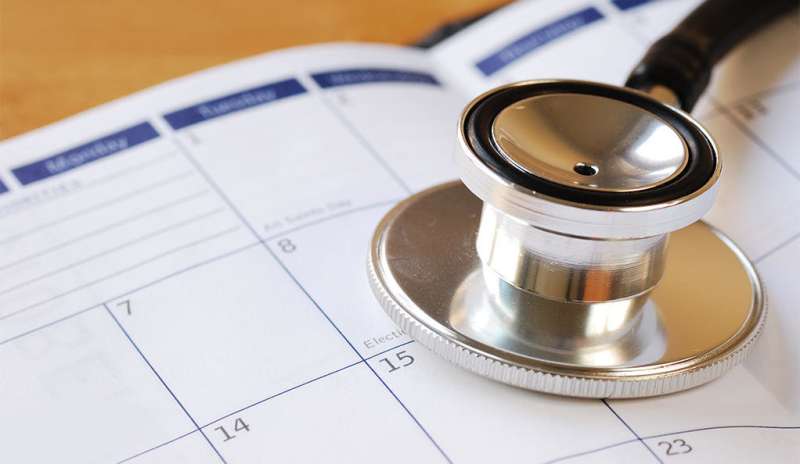Study finds barriers for patients seeking primary care after ED visits

Only one in three patients who don't have primary care physicians and visit the Emergency Department (ED) for care can get a primary care appointment within one week of the ED visit, according to a new Yale-led study. Medicaid patients and those with back pain are even less likely to access post-ED primary care in a timely fashion, the researchers said.
The findings are published in the Annals of Emergency Medicine.
After treating patients in the ED, physicians often recommend prompt follow-up with primary care. However, many ED patients struggle to make timely primary care appointments. To investigate this issue, the Yale team hired two local New Haven residents to call primary care practices in the area. Each of these "secret shoppers" was given a script to request appointments using varying scenarios. They posed as patients with different types of insurance (traditional commercial plan, state exchange plan, or Medicaid), and one of two medical conditions—back pain or hypertension.
The secret shoppers completed more than 600 calls (including all call scenarios) over eight months, reaching more than 50 primary care practices. The researchers' analysis of the calls found that the practices offered appointments within a week only 31 percent of the time. The Medicaid calls had the lowest seven-day success rate at 26 percent.
"The most significant finding is that only a third of patients can get into primary care within a week," said lead author Dr. Shih-Chuan (Andrew) Chou. That is a substantially lower rate than prior studies in other states, he noted.
Additionally, the study found that when the callers tried to make follow-up appointments for back pain, they were less successful than when they made calls for hypertension—28 percent versus 34 percent of appointments were made in the recommended time. The disparity might be explained by a stigma that back pain patients are seeking opioids, the researchers suggested.
Taken together, these findings highlight a barrier for patients who first seek care in the ED. "For patients newly covered by Medicaid or the exchange, who likely did not have a primary care physician, it's very hard for them to get an appointment even after an ED visit," said Chou.
While the seven-day and overall appointment rates (31 percent and 54 percent) are low, the study points to an opportunity for ED physicians and primary care doctors to jointly develop strategies to improve transition of care from the ED, the researchers noted.
More information: Insurance Status and Access to Urgent Primary Care Follow-up After an Emergency Department Visit in 2016, Annals of Emergency Medicine (2017). DOI: dx.doi.org/10.1016/j.annemergmed.2017.08.045 , www.annemergmed.com/article/S0 … (17)31529-9/fulltext














